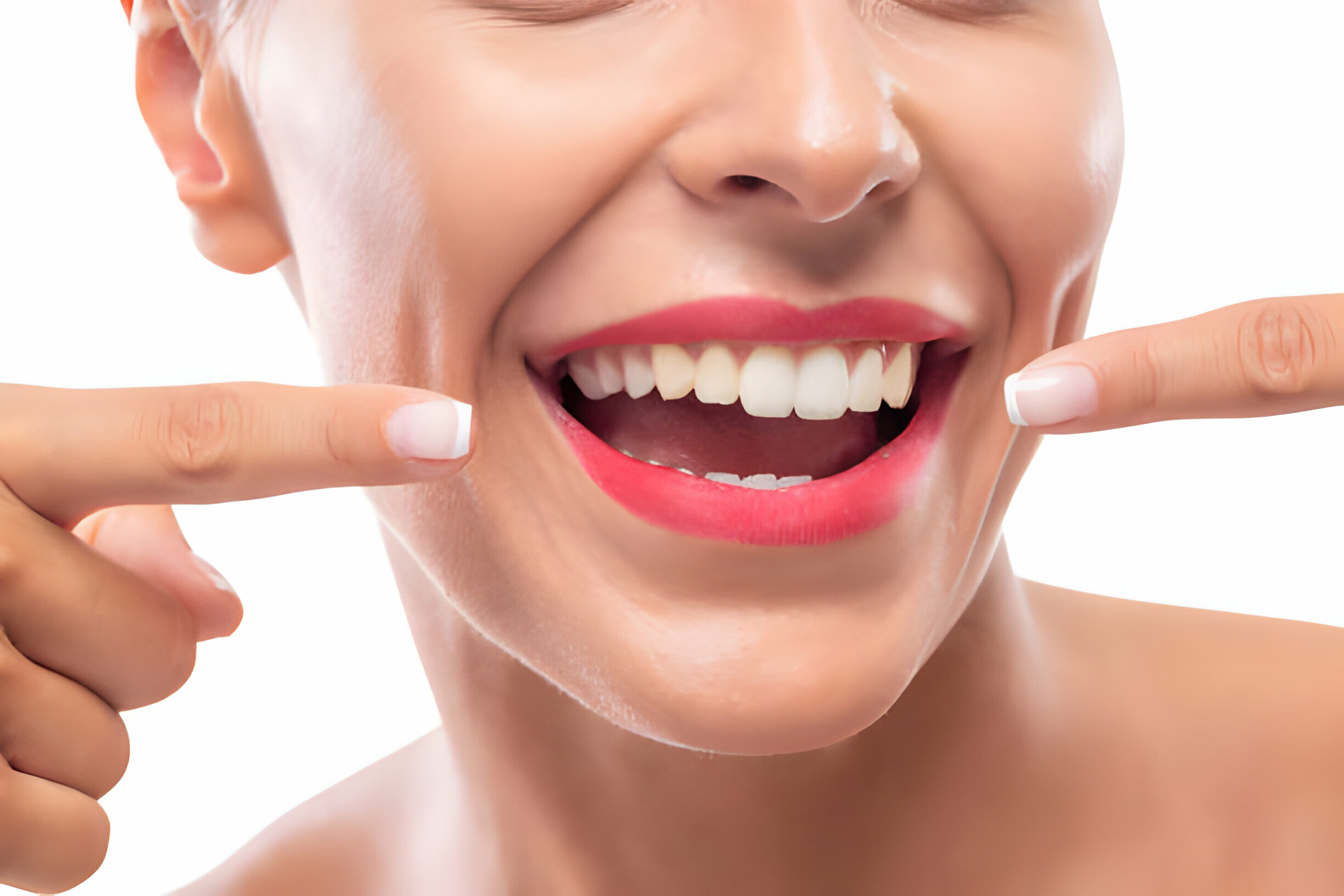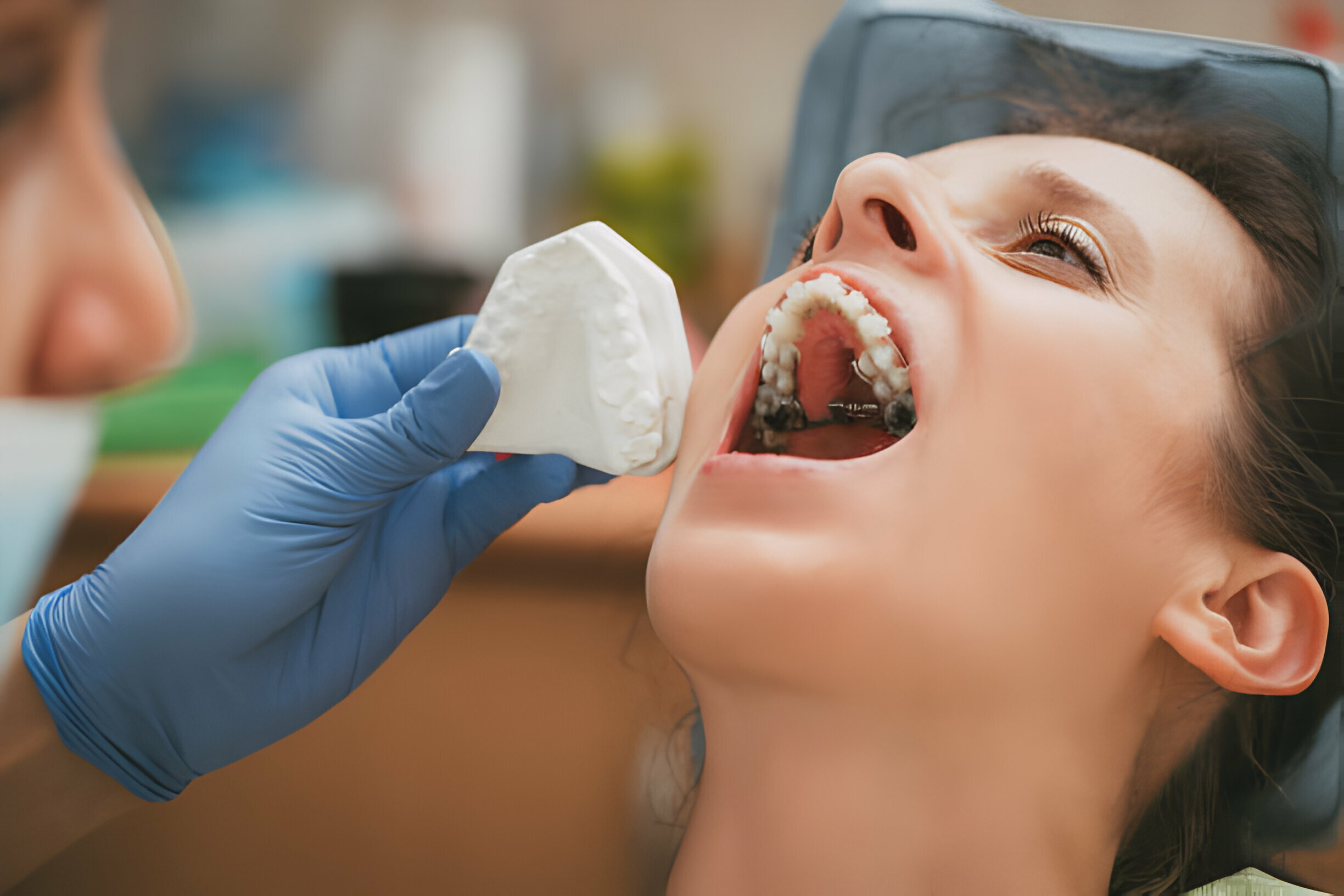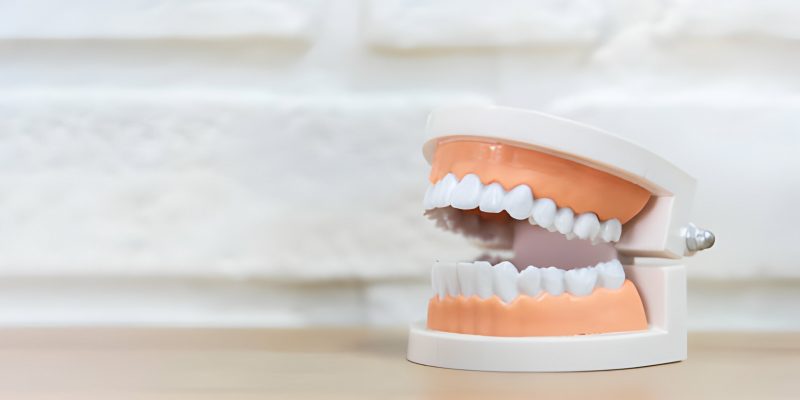Summary:
Crooked or misaligned teeth can significantly impact your smile. It can keep you underconfident and develop oral complications over time. Stats suggest that 9 out of 10 people in the US have crooked jaw.
But does that mean you shouldn’t smile freely?
While misaligned teeth might undermine your confidence, advanced dentistry is your key to overcoming such obstacles. Dentists in Farmington, New Mexico, may offer one of many straightening methods to help you straighten your smile or lessen the look of misaligned teeth.

Braces can straighten your teeth and make your smile look more even. However, they have various disadvantages, including being unpleasant, difficult to clean, and necessitating significant dietary changes.
This blog is for you if you want to explore options other than braces. In the following sections, we’ll understand more about:
- Is it Possible To Get Straighter Teeth Without Braces?
- Can orthodontic treatment improve oral health?
- 6 Ways for Straighter Teeth Without Braces
- Risks of Straightening Your Teeth Without Braces
- Choosing the Right Teeth-Straightening Method for You
Continue reading as we learn more about how to fix teeth without braces in the following sections.
Is it Possible To Get Straighter Teeth Without Braces?
You can get straighter teeth without braces with alternative orthodontic treatments, including transparent aligners, lingual braces, and rapid orthodontics. Clear aligners, such as Invisalign, employ customized, removable trays to move teeth into alignment progressively.
They are nearly unnoticeable and provide a more inconspicuous solution than conventional braces. Lingual alternatives are affixed to the back surfaces of teeth, making them less visible while efficiently straightening them.
Accelerated orthodontics, including treatments such as AcceleDent and Propel, uses novel approaches to speed up tooth movement and give you straighter teeth, considerably lowering treatment time.
Furthermore, cosmetic dentistry techniques such as veneers or dental bonding can enhance the look of misaligned teeth without requiring orthodontic therapy. However, the efficacy of these options depends on the degree of the misalignment and the specific therapy goals.
Can Orthodontic Treatment Improve Oral Health?

Malocclusion of teeth is usually detected during regular dental checkups. Your dentist may use X-rays to assess your teeth and jaw. If an orthodontic problem is discovered, your dentist will recommend you to a teeth straightening dentist or orthodontist for a thorough examination.
The earlier you treat malocclusion, the better the results. Orthodontics is a branch of dentistry that corrects dental and facial structures to address malocclusions. Here are three health advantages of orthodontics for dental health.
- Improved Bite: A crooked cavity might put you in danger of fracture. Daily biting and chewing can wear down your tooth enamel and impair your jaw function. Orthodontic therapy helps your teeth form a more normal bite.
- Healthy Smile: When teeth are crowded or crooked, microorganisms thrive in the gaps between them. Fix teeth without braces that are too close together may deteriorate over time. Proper dental alignment makes it easy to clean your cavity while also lowering your chances of gum disease and cavities.
- Improved Chewing: Orthodontic therapy corrects overbite, underbite, and narrow arches. Improved tooth alignment allows for more efficient chewing.
6 Ways for Straighter Teeth Without Braces
Dental Crowns
Dental crowns are strong caps that repair broken teeth. It can help correct your smile and safeguard a badly decaying cavity following a filling or root canal. Crowns are very beneficial when you need to adjust a tooth’s size, color, or form to match the surrounding teeth.
Your dentist will ensure that your crown matches your natural cavity, like alignment teeth, as precisely as possible. The majority of crowns are constructed of porcelain or a zirconia-based composite material.
Dental Bonding
Dental bonding is when your dentist adds resin to your tooth that requires straightening. The resin matches the color of your enamel. Dental bonding gives the illusion of straighter teeth by bridging gaps, correcting the contour, and fixing tiny chips and fractures.
Unlike veneers, dental bonding does not require your dentist to modify your enamel. However, you will likely need some touch-ups after around ten years.
Invisalign
Invisalign aligners are composed of transparent, durable plastic, allowing you to straighten your tooth discreetly. To make your personalized aligners, your dentist will take 3D imprints of your teeth.
To obtain the most outstanding results, these aligners must be worn for approximately 22 hours each day; however, you can remove them when eating, drinking, or doing your usual dental hygiene regimen. You must wear a new set of aligners every two weeks to ensure your teeth straighten with Invisalign braces properly.

Veneers
Porcelain veneers can improve the look of your cavity and give you a brighter smile. Veneers are thin, firm porcelain shells bonded to the front of your tooth to hide minor flaws and give your smile a more uniform appearance. Dentists use veneers to repair discolored, crooked, misaligned, or damaged teeth.
Veneers are strong and stain-resistant. If you have mild dental misalignment, veneers can give the illusion of straighter teeth without traditional options. However, veneers are semi-permanent, and your dentist may need to carefully buff away part of the enamel on the surface of your cavity to attach the veneers.
Retainers
Most people acquire retainers after wearing braces. Adults, on the other hand, will only require modest changes to align the cavity. Even if you don’t have braces, a retainer can help straighten your teeth. Retainers are less apparent than regular aligners and are frequently detachable.
Palate Expanders
A palatal expander is implanted between the upper arch of your teeth to straighten them or correct a crossbite. This device is typically used in children since their mouths require more room for adult teeth.
Risks of Straightening Your Teeth Without Braces
While alternatives to braces have advantages, they also pose concerns. Clear aligners may not be appropriate for difficult situations, and patient compliance is critical for effective therapy. Lingual options can be uncomfortable and interfere with speech. Accelerated orthodontics may raise the risk of root resorption and gum recession.
Furthermore, cosmetic treatments such as veneers may necessitate permanent alterations to the aligning teeth. Assessing the risks and advantages before consulting with a certified orthodontist or dentist is critical to identifying the safest and most effective treatment choice for straighter teeth.
Choosing the Right Teeth-Straightening Method for You
Consult a certified tooth straightening professional to establish the best treatment plan for straightening teeth. He explains that they can propose the best therapy for your mouth and jaw. Here are some steps to help you select the best option for your needs:
- Consultation with a Professional: Make an appointment with an orthodontist or dentist specializing in tooth straightening. They will evaluate your oral condition, discuss your treatment objectives, and propose the best solutions depending on your requirements.
- Assess Lifestyle Factors: Consider how each treatment choice fits your lifestyle. For example, transparent aligners provide flexibility and convenience, but conventional braces may necessitate more regular modifications and dietary restrictions.
- Seek Patient Reviews and Recommendations: Read reviews and comments from people who have received comparable treatments. Ask friends, relatives, or coworkers for ideas and insights based on their experiences.
Takeaway
- Consult a skilled orthodontist or dentist about your oral health and treatment objectives. Consider aesthetics, usefulness, treatment time, visibility, comfort, and price.
- Examine several teeth-straightening techniques, such as braces, clear aligners, lingual aligners, and rapid orthodontics.
- Seek out patient feedback and recommendations to acquire insight into various treatment experiences.
- The best teeth-straightening treatment is specific to each person’s needs and goals.
- Don’t let misaligned cavities make you shy anymore! Connect with our experts at Sundance Smiles today!

